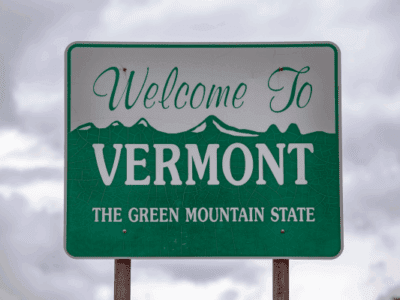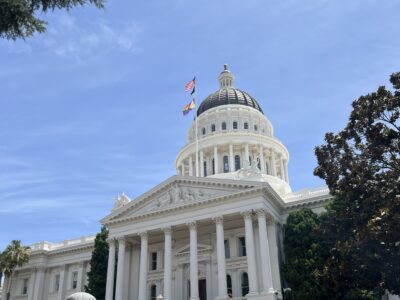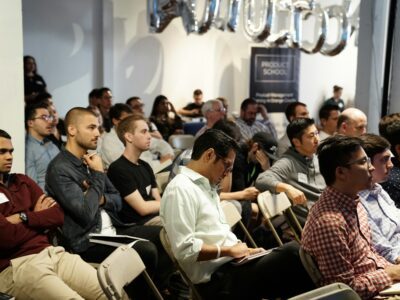The Reverend Bayes Visits Lake Mead
Land Letter reports that Lake Mead has continued to recede in the face of an 11-year drought, as we are apparently heading into a La Nina period that will probably continue the drought. This will put some pressure on adaptation measures, particular in terms of Las Vegas:
For Las Vegas, which draws 90 percent of its water supply from the lake, the worst-case scenario would occur if the surface drops below the lower of the city’s two intakes to 1,000 feet, cutting off the supply.
The prospect has the Southern Nevada Water Authority pursuing the permits necessary to build a $3.5 billion, 300-mile pipeline to shuttle water from an alternative source in northern Nevada.
Work is already under way on a $700 million project to connect a third intake that would run up through the bottom of the lake, enabling it to be sucked dry. It has been a difficult feat: Last month, construction was halted when workers hit a seam that flooded the excavated cavern. Nobody was injured, although the flood trapped several large pieces of construction equipment underwater.
Scientists and Reclamation officials agree: Las Vegas will not be running dry anytime soon. But that means the spigot on Lake Mead will likely be tightened in the coming years, probably far more than the 2007 agreement calls for.
Some scientists attribute the drought to climate change. How should we think about this causation issue?
This provides a nice setting to try out Bayesian analysis. Suppose that there’s a 50/50 chance that climate change is happening; a 10% chance of the drought without climate change; and a 20% chance with climate change. Over two hundred years ago, the Reverend Thomas Bayes provided a formula for combining this information, but I always find it easier just to think in terms of running multiple experiments.
Suppose we had 100 planet earths, half with climate change and half without. In the 50 without climate change, we’d expect this drought to happen 10% of the time, or 5 times. In the other 50, there’s a 20% chance, making 10 times. So out of the 100 total, there would be 15 experiencing the drought, with 10 of them being from worlds with climate change and 5 from the other worlds. Hence, given that a drought has taken place, the odds are 2:1 that it was caused by climate change. And to put it another way, we could update our odds that climate change is happening from 1:1 to 2:1.
In general, the occurrence of the drought should make the skeptic less skeptical unless the skeptic is 100% certain that climate change does not exist. Frankly, it’s difficult to see how a sane person could be that certain that a majority of the world’s scientists are wrong, so any sane climate skeptic would have to accept the drought as evidence against climate change, provided that the drought is more likely given climate change than without it.
Suppose that we’re climate skeptics, and we think the odds against climate change are 2:1. Given the same 10% versus 5% numbers as the last example, we now have 67 non-climate change worlds producing 6.7 cases of drought, and 33 climate change worlds producing 6.6 cases of drought. So the climate skeptic would say that the odds are now approximately even that the drought was produced by climate change (and that climate change is happening).
The 10% and 20% figures are just made up numbers — what matters for this example is not how big they are but how they compare. The moral is that, so long as the drought would be more likely with climate change than without, its occurrence increases the odds in favor of the reality of climate change. So far as I can tell, no one is arguing that climate change would make the drought less likely, so the assumption seems to be sound. And if this assumption holds, and if we think that climate change is at least a fifty-fifty bet in the first place, we can also conclude that the occurrence of the drought is more likely than not due to climate change.







Reader Comments